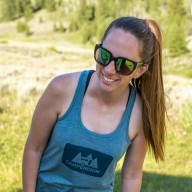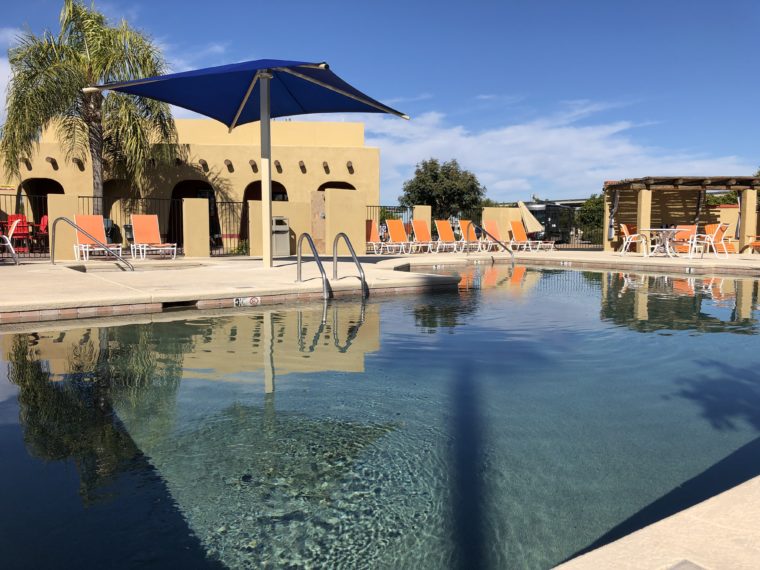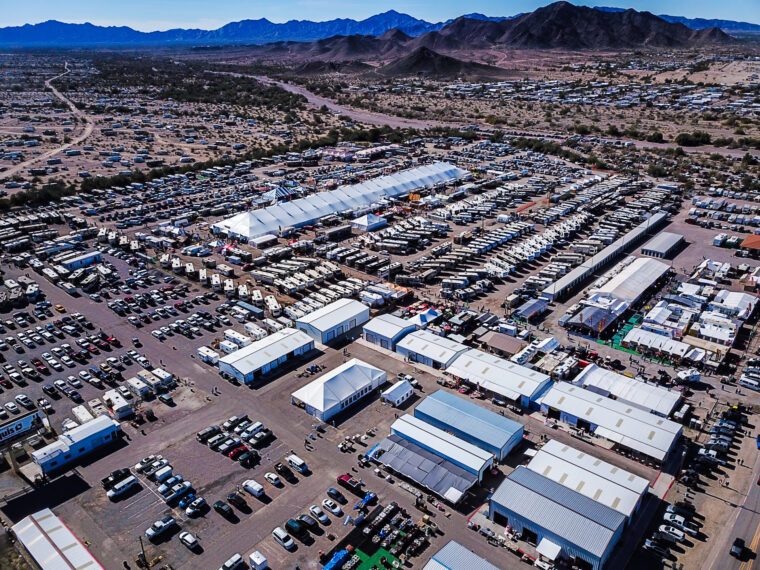Over the last decade, the popularity of camping, and particularly boondocking, has skyrocketed. Boondocking—camping without hookups, amenities, or other services—offers RVers and car campers quieter experiences in scenic locations, often on public lands.
There are thousands of places in the U.S. where it’s legal to boondock, but some locations are more popular than others, due to their natural beauty and proximity to outdoor recreation. Many of these well-known boondocking destinations are being used beyond sustainability, causing land managers to decide whether or not to keep them open for overnight use.
Here are six boondocking areas that have become overused, along with suggestions on where to camp instead.
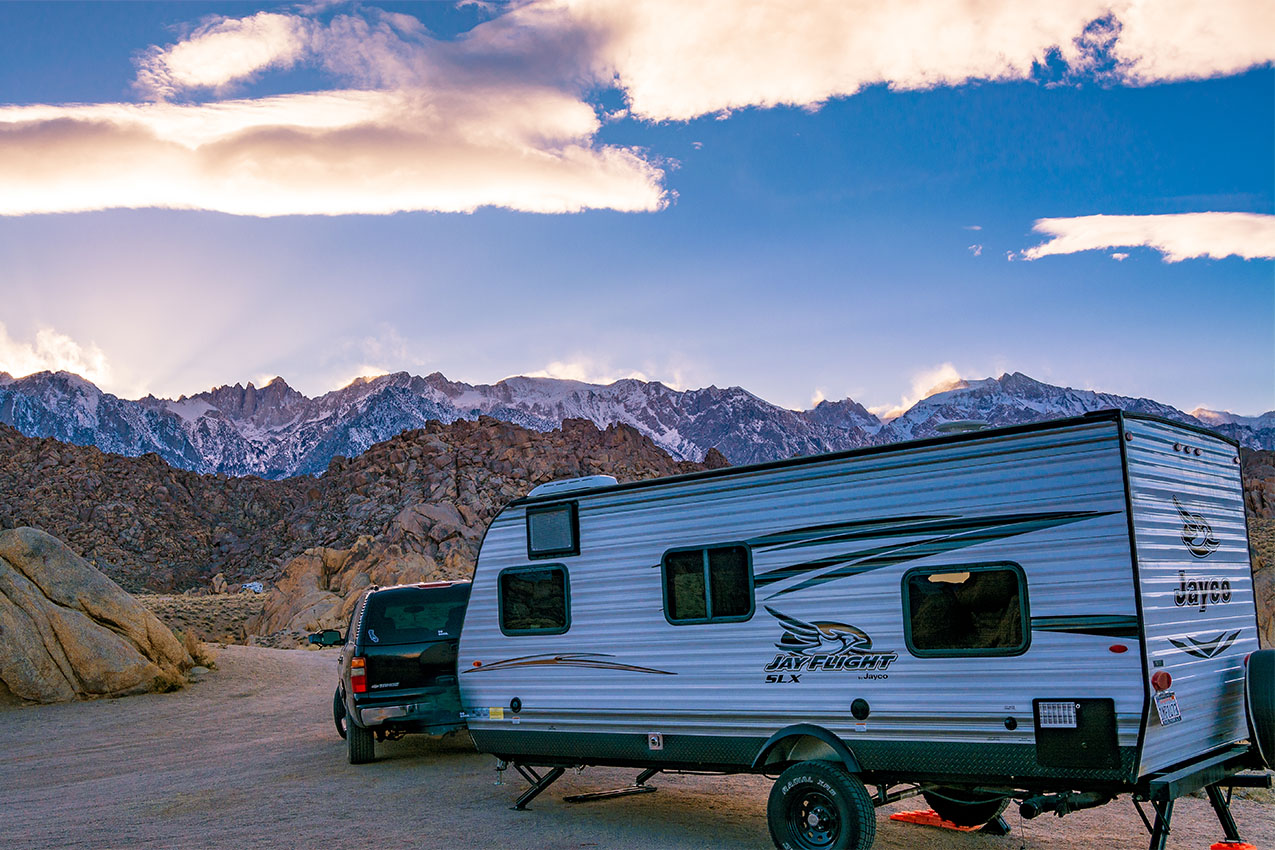
Alabama Hills Recreation Area | Lone Pine, CA – Photo by: bekka
Alabama Hills, Lone Pine, California
Alabama Hills is a popular boondocking location along the Sierra Mountains in Lone Pine, California. With stunning views, excellent outdoor recreation opportunities, sites that can accommodate big RVs, and easy access to the town of Lone Pine, it’s a boondockers dream.
An increase in campers, rock climbers, and day-use visitors has resulted in negative impacts on the environment, including excessive litter, unburied human waste, and trampled desert vegetation. The Bureau of Land Management (BLM) is instituting new recreation policies in the area, including allocating sections as day-use only, implementing designated dispersed camping, providing port-a-potties, and requiring a free permit to camp.
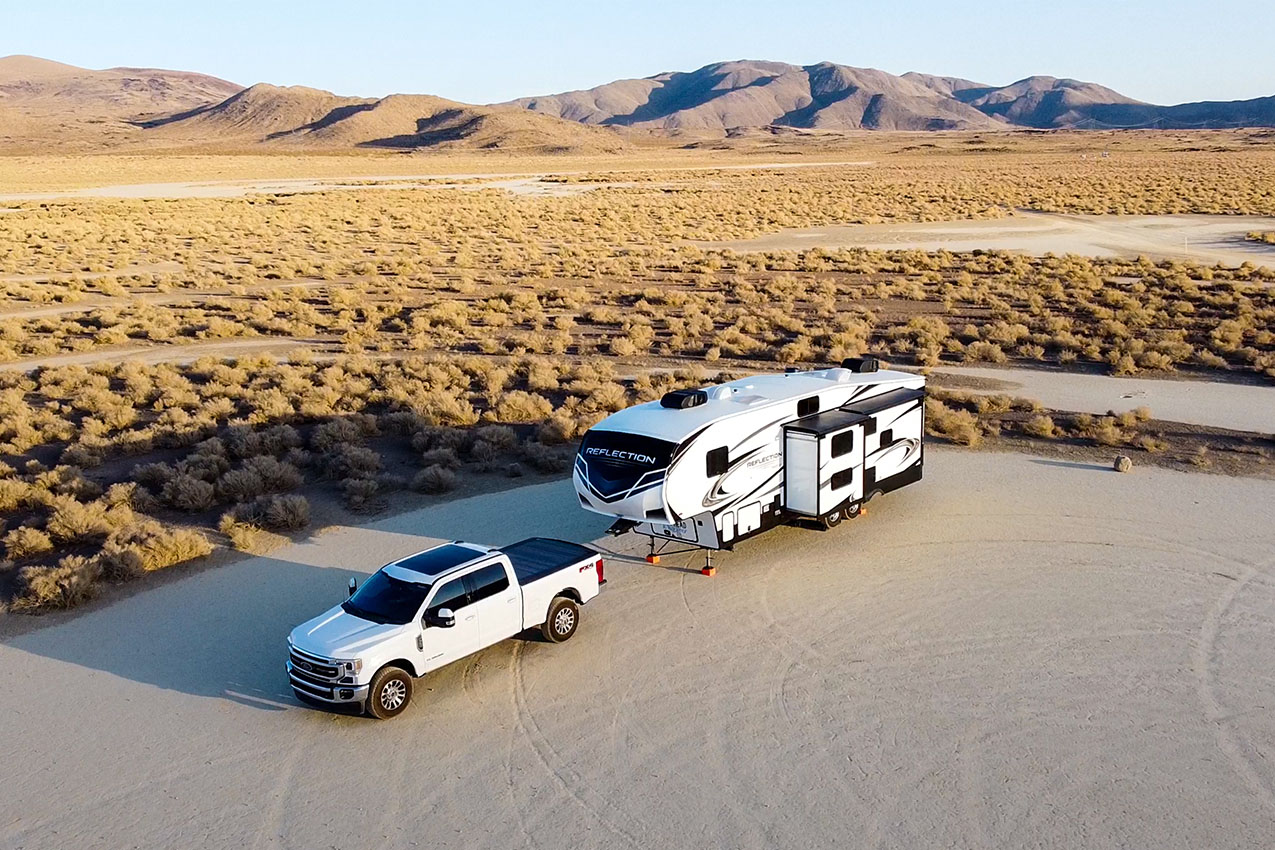
Fossil Falls Dry Lake Bed | Little Lake, CA – Photo by: YouTube.com/LetsHeadWherever
Where to Camp Instead
Give the fragile landscape at Alabama Hills a break by camping at nearby Fossil Falls Dry Lake Bed or Symmes Creek Dispersed Camping. Both are within a reasonable distance of Alabama Hills and feature similar views, but aren’t as impacted or busy. “Fantastic spot a mile off Hwy 395 between Inyokern and Lone Pine. Road is good and the land is flat. We pulled in before dusk and feel we hit the jackpot,” said reviewer Big Daddy of Fossil Falls Dry Lake Bed.
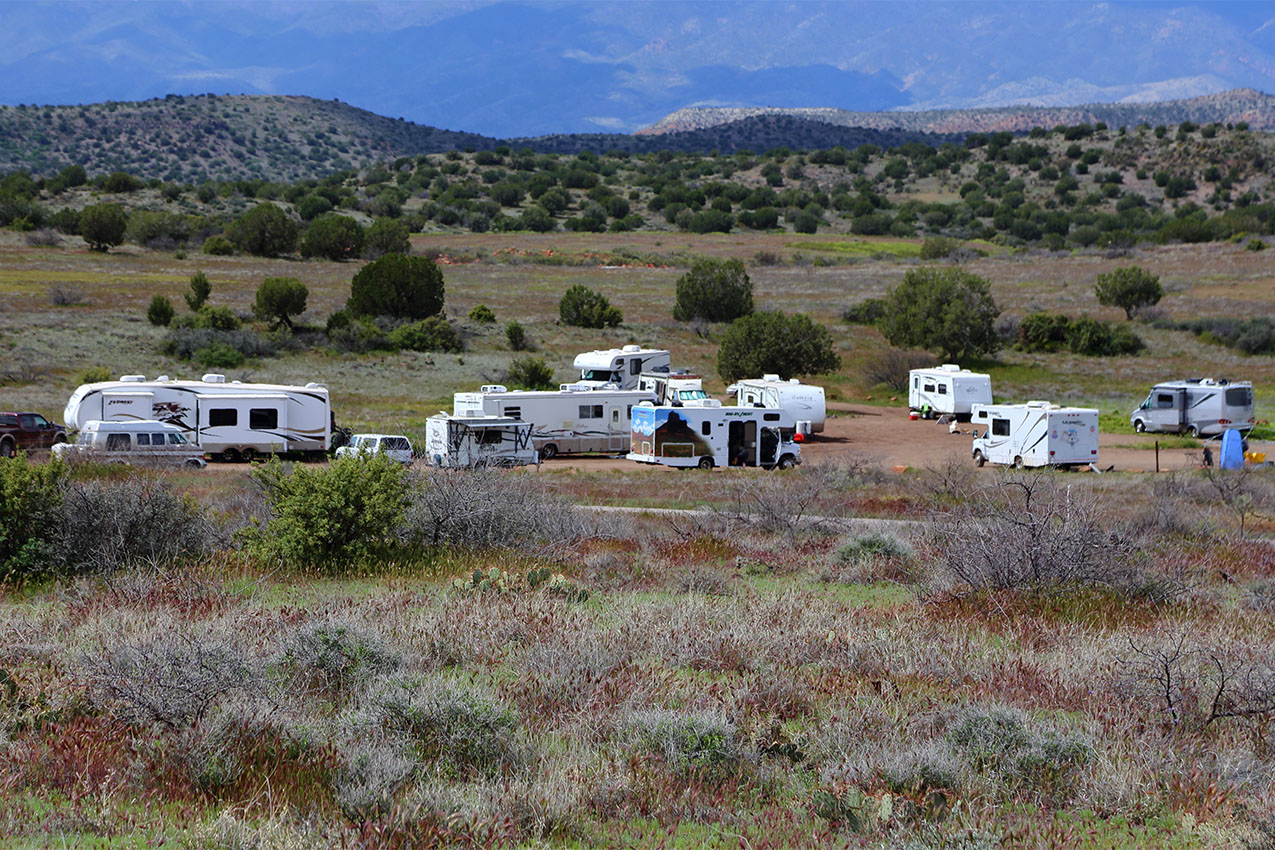
The Main Drag 525 Dispersed Camping | Sedona, AZ – Photo by: Lucky
525 Dispersed Camping, Sedona, Arizona
If you’ve boondocked in the red rocks of Sedona, it’s likely you camped either on the Main Drag 525 or on one of the offshoots of this popular Forest Service road. There just aren’t that many options for dispersed camping in Sedona. As the destination has grown in popularity, so has the demand for this free 14-day camping area in Arizona’s Coconino National Forest.
The Forest Service has tried to implement measures to decrease use along the 525 road, including restricting access with barriers in closed campsites, cutting drainages to discourage new campsite creation, and shutting off side roads. Unfortunately, campers have filled in drainages and ignored barriers and closures. Because of this, it’s possible that the Forest Service may take more drastic measures to reduce use.
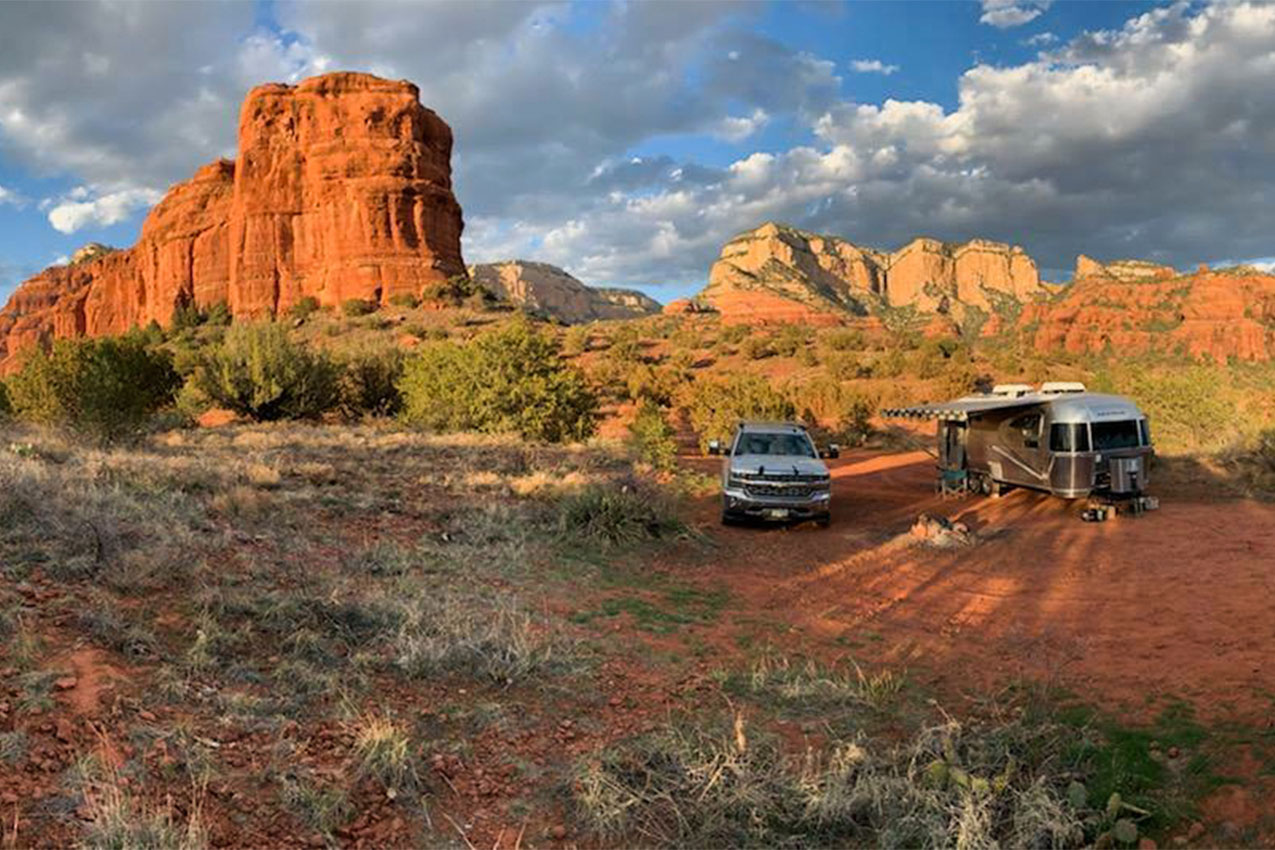
Forest Road 525C Dispersed Camping | Sedona, AZ – Photo by: Diz
Where to Camp Instead
Those with small campers will enjoy Angel Valley Road Dispersed Camping, which features red rock views and is located not far off Highway 89A. Angel Valley should only be attempted in a small rig, as there’s no turnaround and little room to maneuver. Have a larger rig? Check out Forest Road 525C, which is an offshoot of Main Drag 525 and, due to spottier cell service, is less busy.
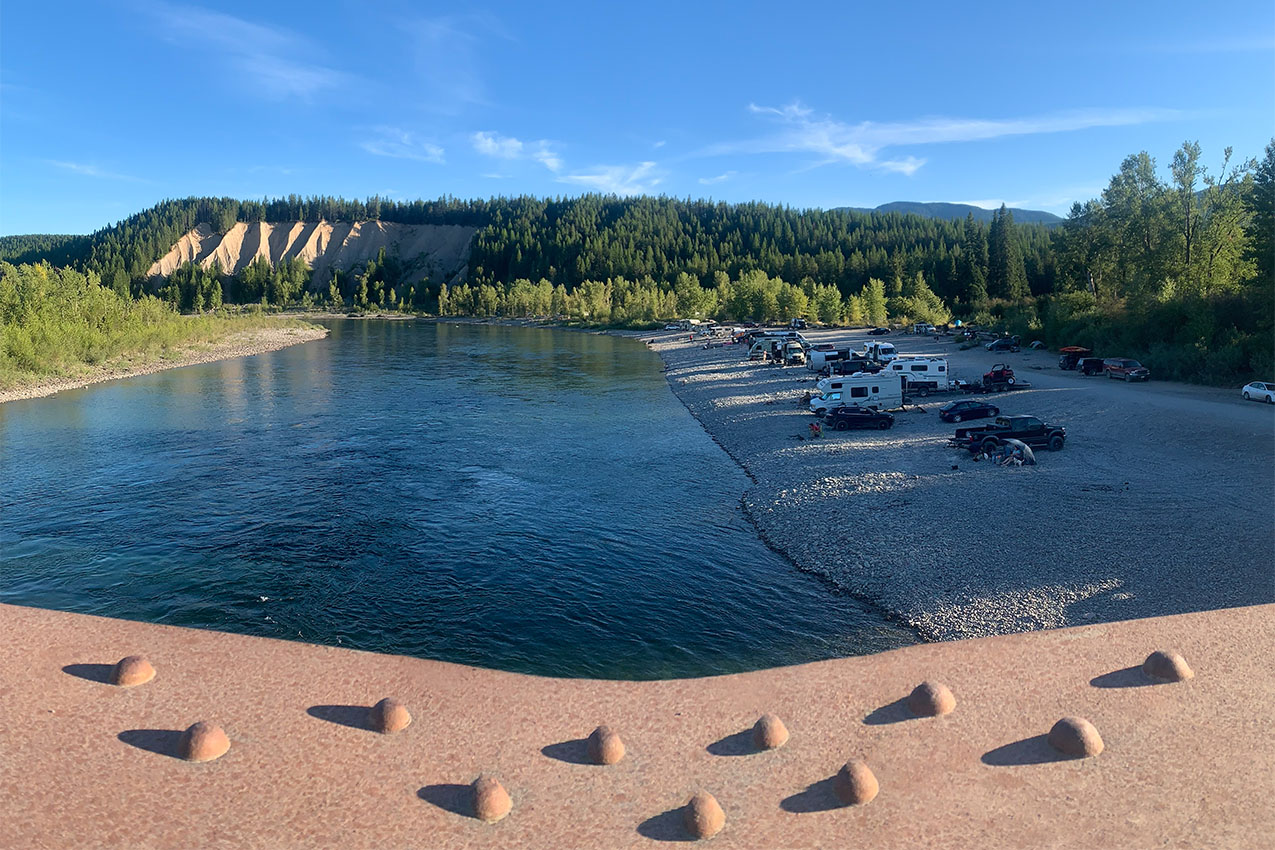
Middle Fork Flathead River | Columbia Falls, MT – Photo by: OG
Middle Fork Flathead River, Columbia Falls, Montana
Popular Middle Fork Flathead River is a dispersed camping area near the entrance to Glacier National Park. Located directly on the banks of the Middle Fork of the Flathead River, this spot is known for its views and location. Reviewers note that campers are leaving behind piles of trash and human waste.
Issues with campers overstaying the posted 3-day stay limit has led to increased patrol by the Flathead National Forest, which is now recording license plate numbers. A converted bus that got stuck on the gravel bar renewed calls from the local community to shut down the area to camping altogether, but for now, the Forest Service has declined to do so.
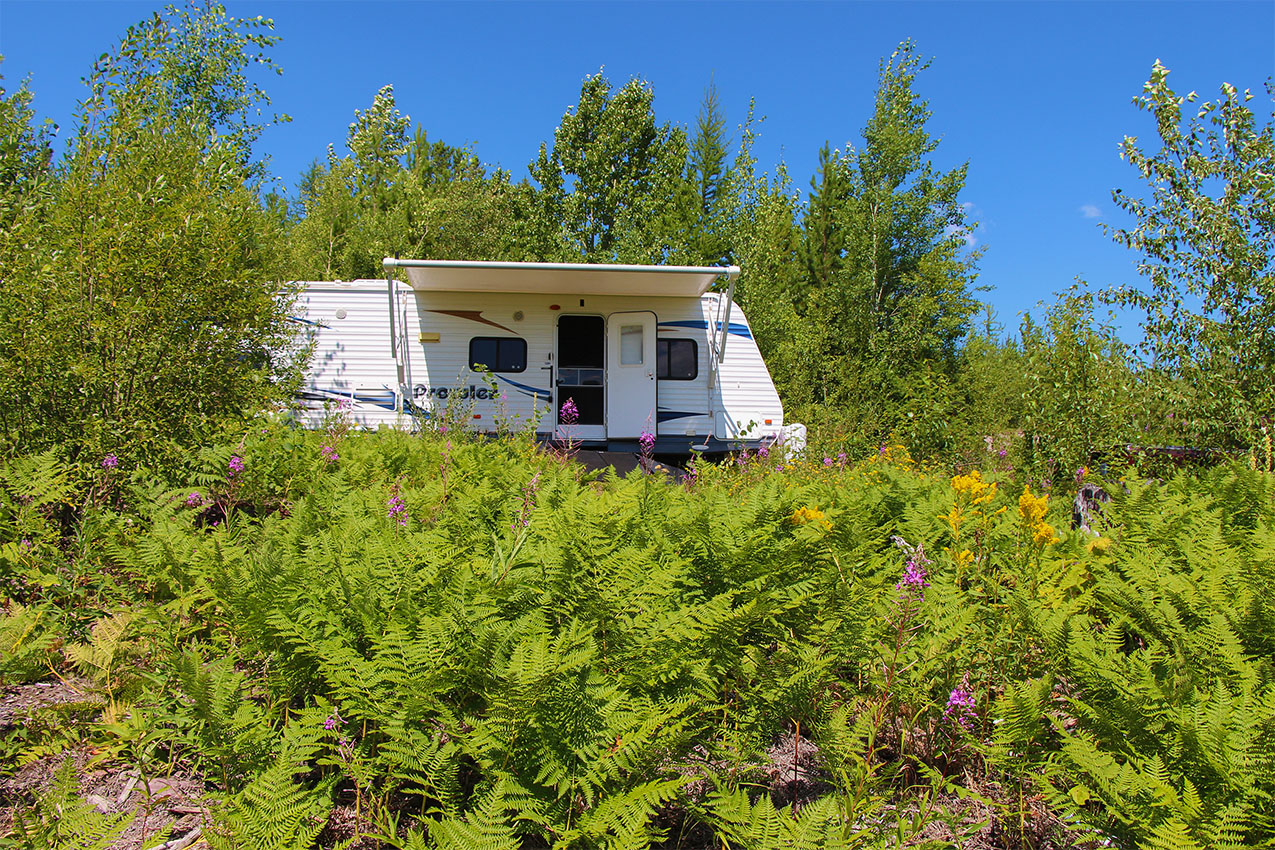
McGinnis Creek Dispersed Camping | Columbia Falls, MT – Photo by: thecampingnerd
Where to Camp Instead
While the Middle Fork Flathead River camping area is picturesque, there are plenty of other beautiful and quiet dispersed camping areas that surround Glacier National Park.
Check out North Fork Road Dispersed Camping for a 16-day stay limit coupled with easy access, room for big rigs, and enough sun exposure to charge up on solar. A bit further afield is McGinnis Creek Dispersed Camping, which reviewer Gypsies calls “Boondocking perfection: Fairly level site, easy to access but feels secluded, great views, wild raspberries on site, 20 minutes to a big grocery store. Got our 35-foot fifth wheel in here with no problems.”
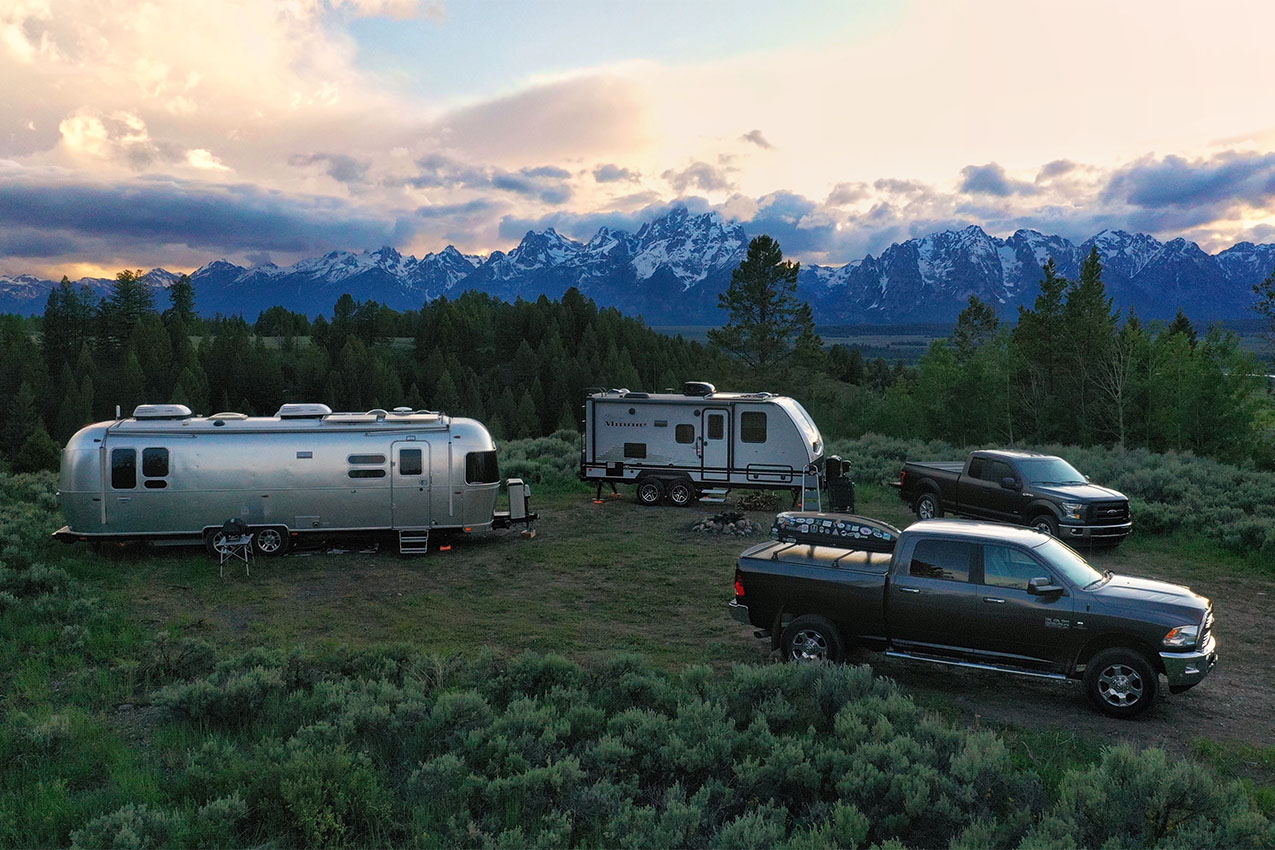
Upper Teton View Toppings Lake Dispersed Campsites #8 – 16 | Moose, WY – Photo by: 4000 Rivets
Upper Teton View, Moose, Wyoming
Located in the Bridger-Teton National Forest, Toppings Lake Upper Teton View is a drool-worthy camping destination with visitation numbers off-the-charts. Overcrowding, unattended campfires, negative wildlife interactions, trash, and human waste issues were making life nearly impossible for the rangers at the national forest. They’ve now implemented stricter stay limits, created designated dispersed campsites, recruited camp hosts, and increased signage and law enforcement patrols.
To help combat the issue of human waste, Campendium partnered with Friends of the Bridger-Teton to crowd-raise funds for new vault toilets. Thank you to everyone who donated and helped to keep this camping area open.
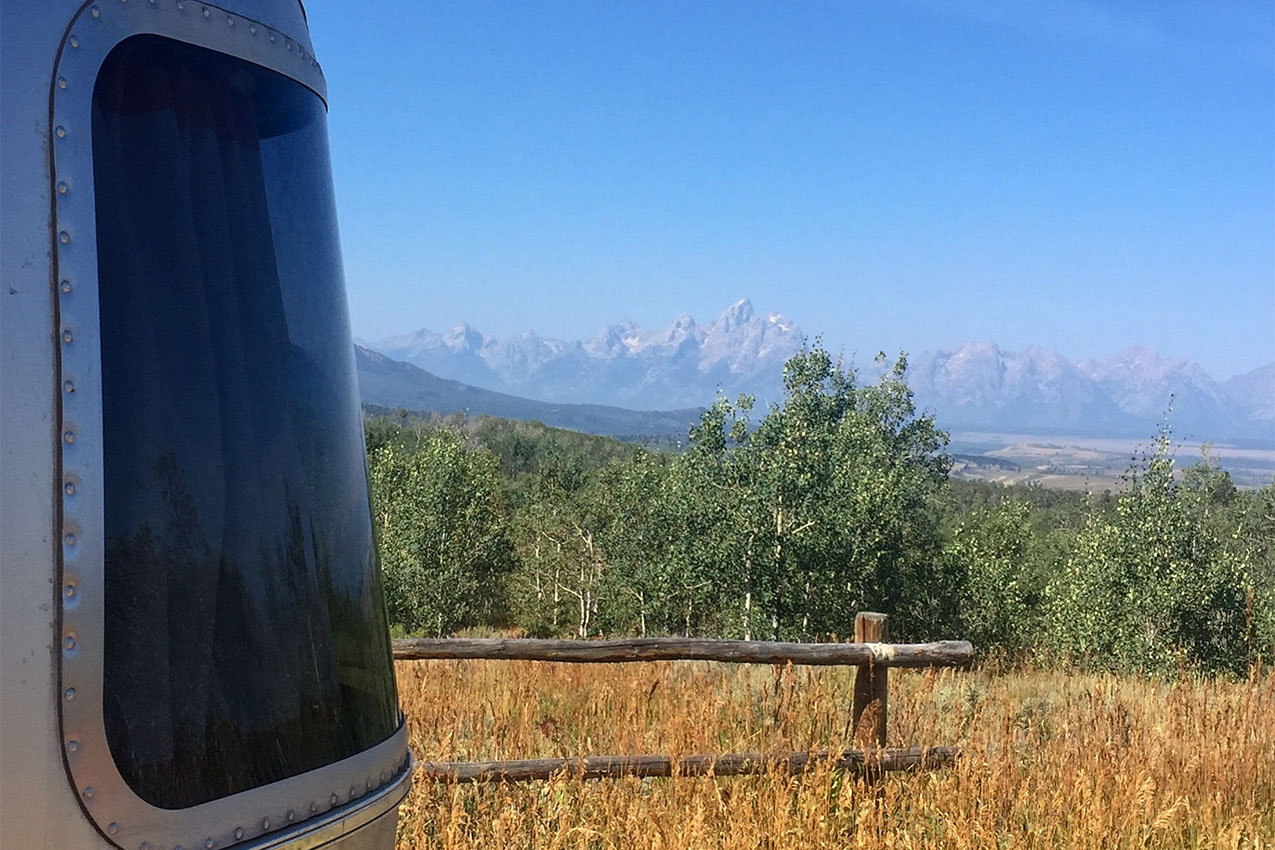
Hatchet Teton View | Moran, WY – Photo by: AudreyAirstream
Where to Camp Instead
While Upper Teton View is undoubtedly beautiful, there are other gorgeous and less busy spots to boondock in Bridger-Teton National Forest. Check out Spread Creek Dispersed Camping for a low-key camping experience between the Wyoming townsites of Moose and Moran, and Hatchet Teton View for views and solitude.
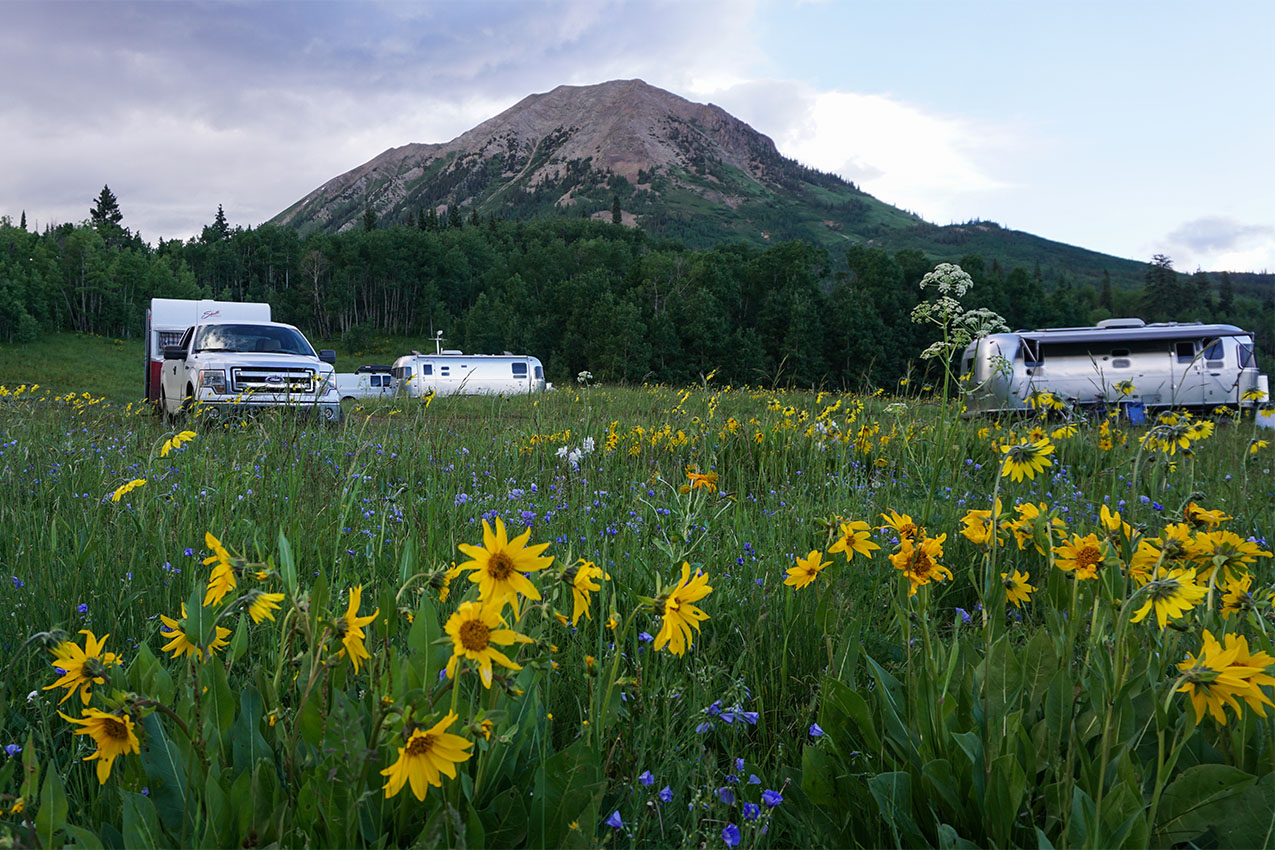
Washington Gulch Designated Campsites 12-20 | Crested Butte, CO – Photo by: Chris
Washington Gulch, Crested Butte, Colorado
Tucked into a landscape of rocky peaks, wildflower-filled meadows, and towering pine trees, Crested Butte is classic Colorado. Though the high-elevation camping around Crested Butte has never been a secret, people are now coming in droves. “If you get off late in the day, say you’re coming from Denver and leave at 4:00 p.m. on a Friday, you should expect the majority of the drainages (camping areas) in and around Crested Butte to be full,” said District Ranger Matthew McCombs in an interview earlier this year.
Unmanageable crowds, natural resource damage, and other issues have led the Gunnison National Forest to implement designated dispersed camping at Washington Gulch and other sought-after camping destinations near Crested Butte.
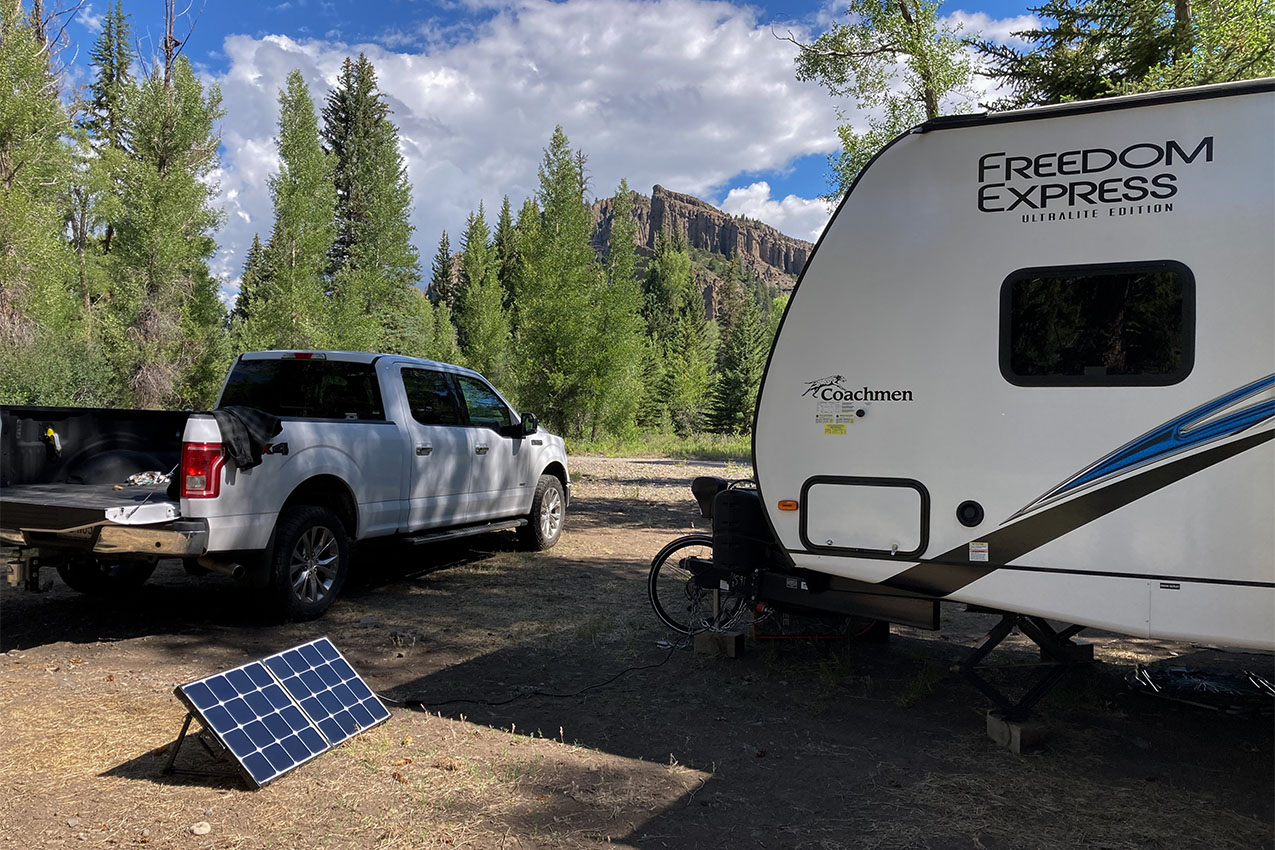
Soap Creek Corral | Gunnison, CO – Photo by: MOcamping
Where to Camp Instead
Gunnison National Forest is enormous, and rangers encourage campers to check out less-visited areas of the forest near Crested Butte, like Soap Creek Corral and Brush Creek Dispersed.
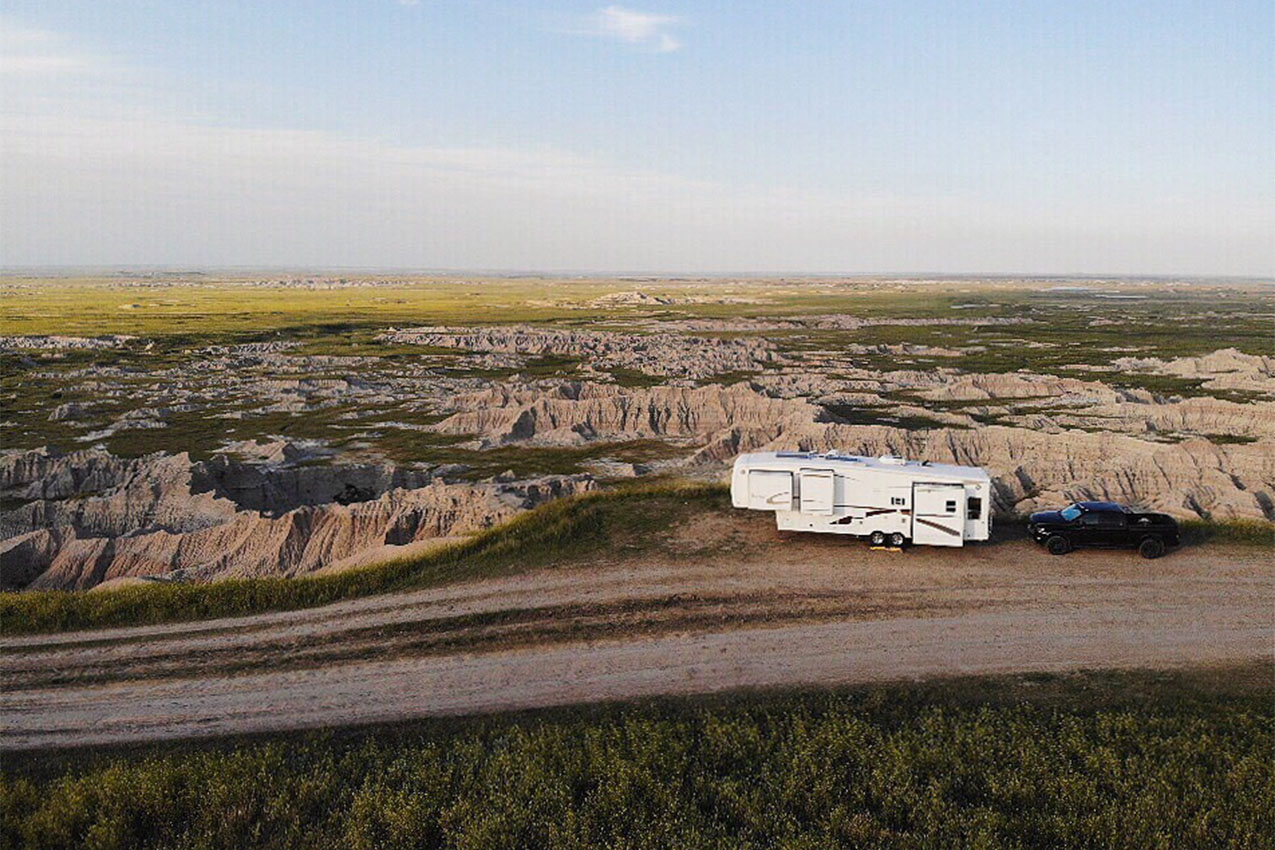
Nomad View Dispersed Camping | Wall, SD – Photo by: SeeingTheSeitz
Nomad View, Wall, South Dakota
Nomad View is a dispersed camping area just outside of Badlands National Park. It features expansive views, plenty of space, and a 14-day stay limit. Challenges in the area include visitors leaving gates open and cattle getting loose, creating makeshift roads through the grasslands, and littering, according to a forest ranger.
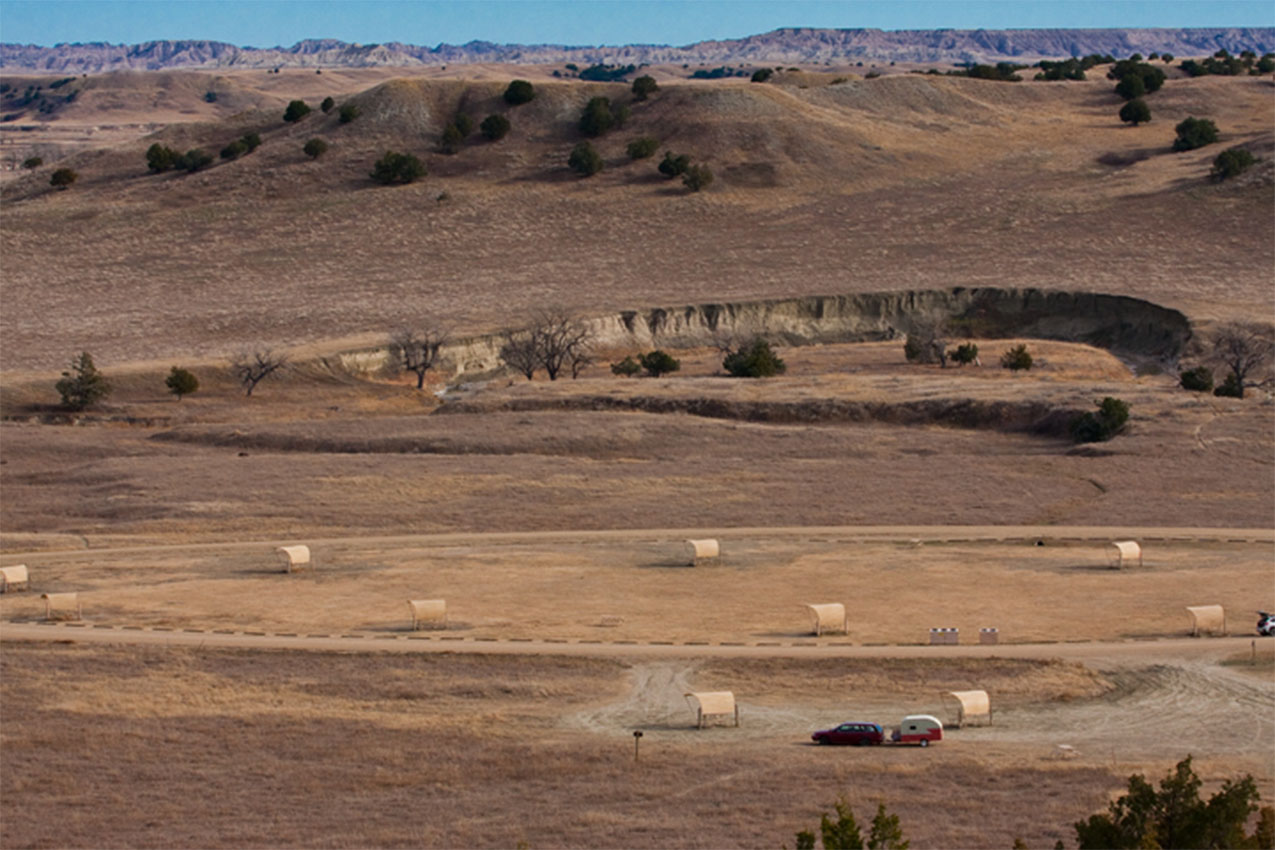
Sage Creek Campground | Wall, SD – Photo by: Keith McKenna
Where to Camp Instead
Relieve some of the pressure on Nomad View by choosing to camp at a nearby camping area, like the free Sage Creek Campground in Badlands National Park and the big rig friendly Baja Off-Road Vehicle Use Area. If you choose to stay at Nomad View, stay off the grasslands and keep the gate closed.
As boondocking and dispersed camping grow in popularity, it’s important that all campers recreate responsibly and sustainably on the land. Follow posted stay limits, use existing campsites, never leave your campfire unattended, pick up your trash, dispose of human waste properly, and leave the campsite better than you found it. By doing your part, you’re keeping dispersed camping available to all.
